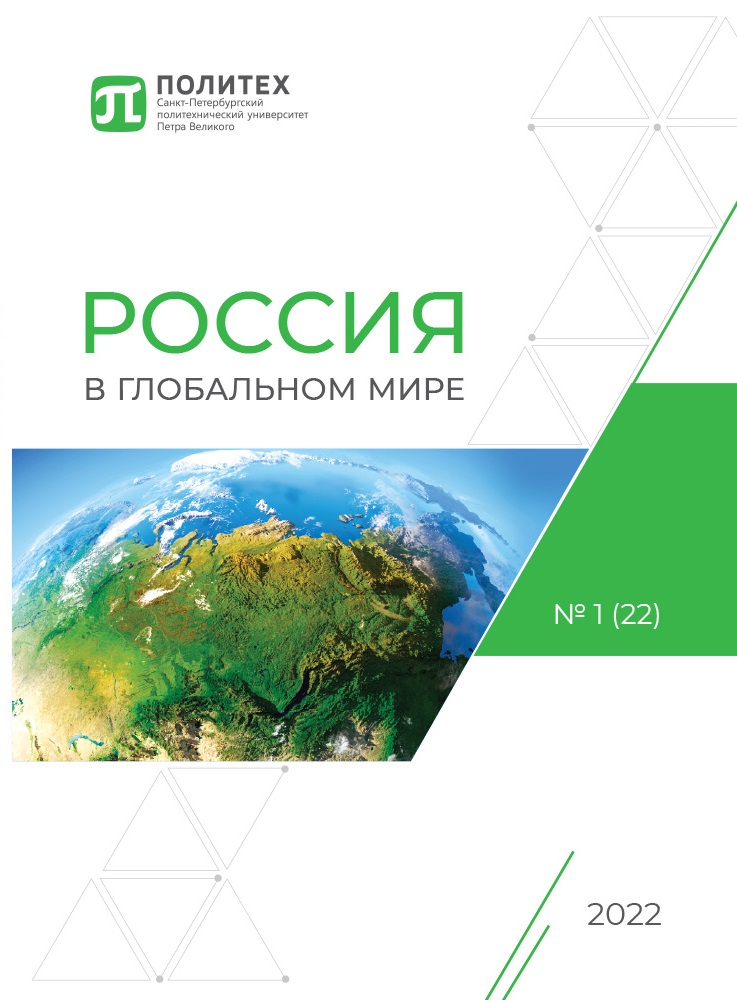Interaction Between Government Agencies and Public Organizations to Improve Health Care Services at the Steppe Territory (Late XIX – Early XX Century)
Introduction. In the second half of the 19th century, significant changes in the relations’ system between power and society occurred in the Russian Empire, caused by bourgeois reforms. At the turn of the 19th and 20th centuries, the Steppe Region was opened to the peasants’ resettlement from the European country part. The increasing complexity of the social connections system and relations in the Steppe region during the second half of the 19th century also expanded the range of communication between government bodies and society. This study examines the problem of interaction between central and regional administrations and a public organization – the regional branch of the Russian Red Cross Society – in the matter of providing medical and sanitary assistance to peasant migrants. In Russian historiography the issue of relation between government structures and public organizations in the healthcare sector remained outside the researcher’s interests. The aim of this scientific study is to analyze the process of interaction between government agencies and public organizations to improve health services in the Steppe Region.
Materials and methods. The study was based on published and unpublished sources on the topic of the study: official documents, scientific publications, interdepartmental correspondence of the Regional Office of the Red Cross with government agencies. The research methods used are the principles of historicism and objectivity, the historical-genetic method and general scientific methods: analysis, synthesis, generalization. New data on the process and extent of interaction between public organizations with regional and central authorities in the provision of health services to the population of the steppe regions were obtained based on archival studies.
Results. It was revealed that, along with government agencies, public organizations took an active part in the development and improvement of the healthcare sector in the Steppe Region. It was possible to establish that, thanks to the close interaction of all the above-mentioned structures, some problems in the area of providing food and medical assistance were successfully resolved.
Conclusion. The joint activities of such structures as the Resettlement Department of the Ministry of Internal Affairs and the Regional Society of the Red Cross led to positive changes in the development of the medical and sanitary service of the Steppe Region. Thanks to the interaction of the public organization and government structures, it became possible to improve the level of medical care for migrants in the Steppe Region, partially resolve the issue of the shortage of medical personnel in the steppe regions by sending nurses to the area’s most in need, and improve the sanitary conditions of migrant settlements by opening canteens with funds allocated by the regional branch of the Russian Red Cross Society.


